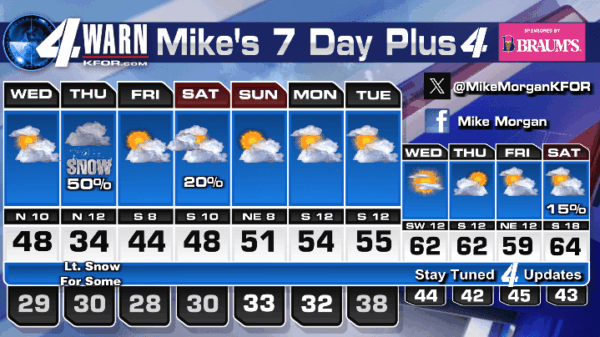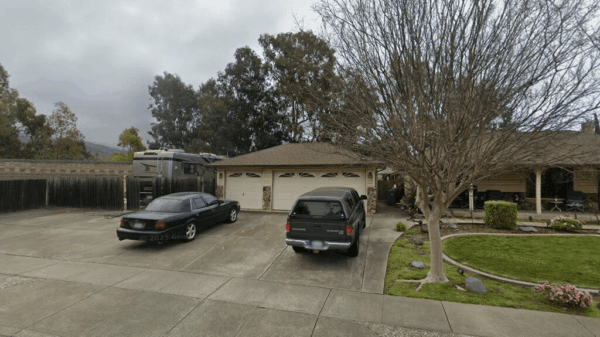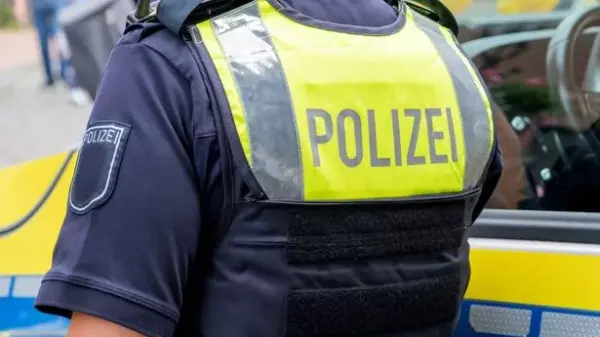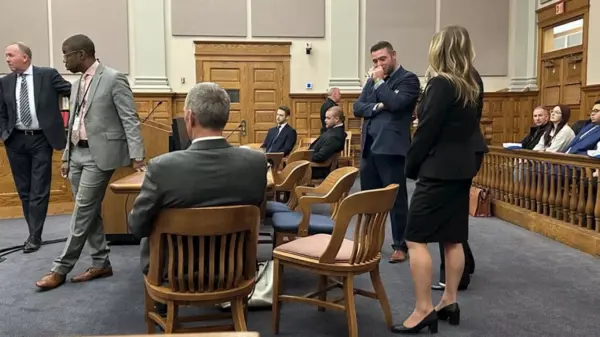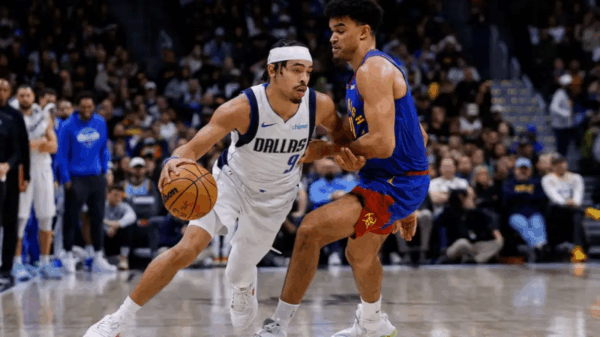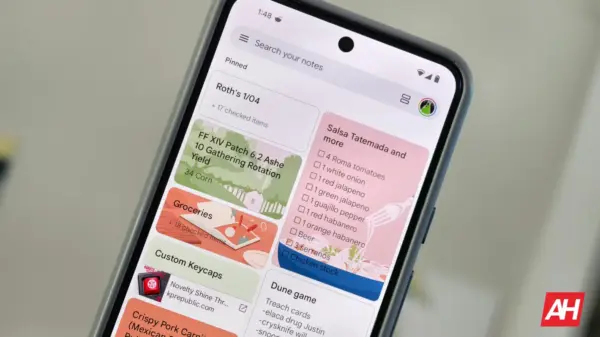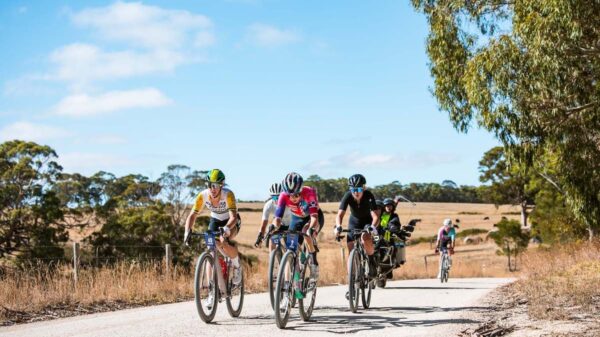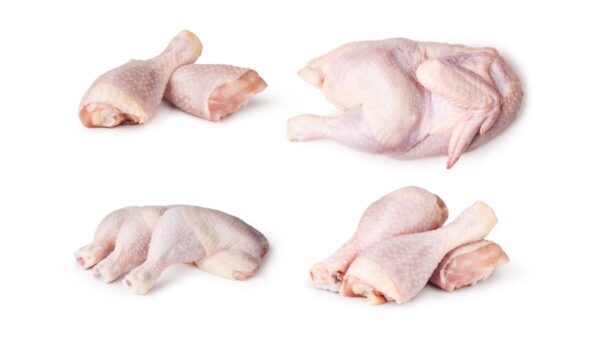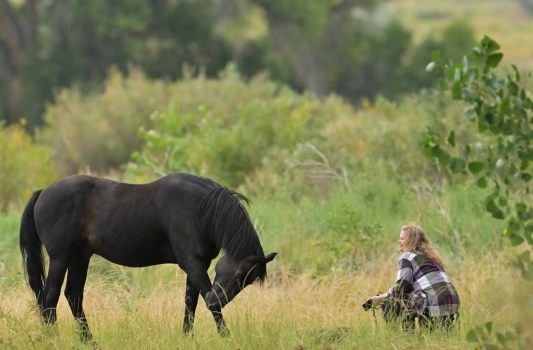In a heartfelt endeavor, Carol Stires has dedicated the past two years to caring for an abandoned wild horse named River, living in Blue Heron Park, located between Florence and Penrose, Colorado. Stires, 64, has developed a bond with River, who is believed to have been abandoned after being adopted from the wild and used as a rodeo horse. She is determined to ensure that he finds a safe sanctuary to live freely, away from the dangers of the park.
Challenges in the Park Environment
Stires first encountered River in late 2022, when he was living on a small stretch of public land managed by the Bureau of Land Management (BLM). The park, which spans just over 100 acres, is bordered by a busy highway, posing serious risks to the horse’s safety. Unleashed dogs, horseback riders, and gunfire from hunters have made the environment increasingly perilous for River.
“He’s nervous, he’s afraid,” Stires said, emphasizing the isolation that River experiences as a wild animal living alone. Her heart breaks at the thought of River’s situation, and she has taken it upon herself to help him find a more suitable home.
The BLM has acknowledged the inadequacy of the park as a habitat for River. According to spokesperson Steven Hall, the agency has the authority to take action against the horse’s owner, who could face fines for abandonment. “When you have livestock, it is not an acceptable solution to turn them loose on public land,” Hall stated.
A Growing Commitment
Stires’ journey with River began when a local dog rescue group informed her about the wild horse. Despite having no prior experience with horses, she felt compelled to help. Since then, she has visited River nearly every day, often under challenging conditions. She uses her retirement funds to buy alfalfa, sometimes receiving assistance from others in the community. “I never thought I’d still be here two years later,” she remarked.
Her efforts are focused on coaxing River into a pen, where he could be safely contained before being transported to a sanctuary near Craig. However, this task has proven difficult. Despite some progress, including moments when River approached the pen, he remains wary of confinement. Stires fears that if the BLM is forced to intervene, they may tranquilize River, potentially causing him harm.
“If he’s shot with a dart of tranquilizer, he might try to run across the Arkansas River,” she said, expressing concern for River’s safety in such a scenario.
Stires’ emotional connection with River has deepened over time. She spends hours with him, often talking about her life, the news, and even events such as the Super Bowl. “I never expected to make friends with a wild horse,” she admitted, noting that River has become a source of companionship after the loss of her husband in 2006.
Hope for a New Beginning
Each morning, Stires arrives at the park before dawn, hoping for a breakthrough. She spreads alfalfa inside the pen, attempting to make it a less intimidating space for River. “If I see a video of him running out on the sanctuary, I’ll die happy,” she said, her voice filled with emotion.
As she waits for River to trust her enough to enter the pen, Stires reflects on the broader implications of her efforts. The world can often feel harsh and unkind, and her work with River represents a small but significant act of kindness in an otherwise troubled landscape.
At the end of her morning visits, Stires gathers her supplies and bids farewell to River. “Love you, stay safe, and I’ll see you tomorrow,” she says, embodying a commitment that goes beyond mere duty. It is a mission fueled by compassion and hope for a better future for a once-abandoned wild horse.




